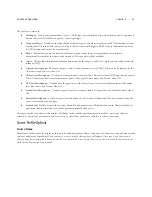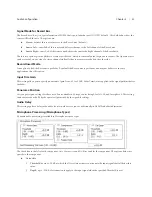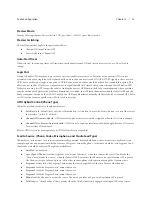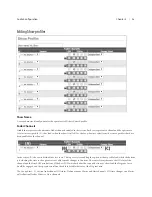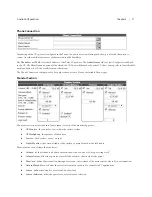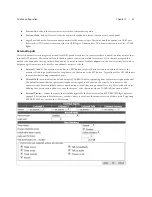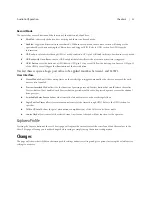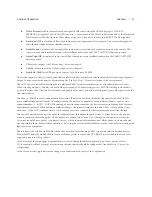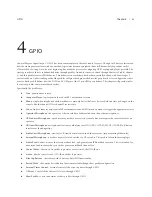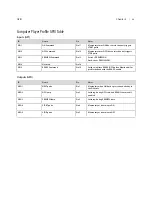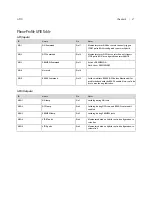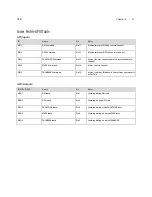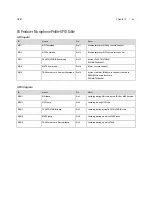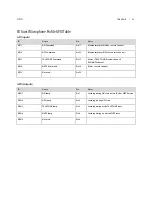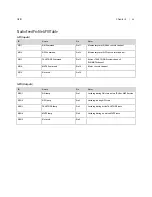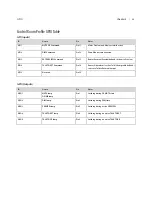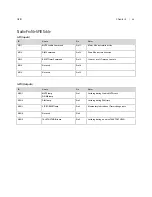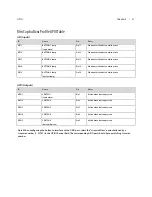
Chapter 4 |
33
GPIO
4
GPIO
General Purpose Input Output (GPIO) has been commonplace in the radio studio for years. Though AoIP has revolutionized
how the studio gear interfaces with one another, logic states between equipment have still been widely dependant on this
older method of wiring. Axia, from its beginning, has made the process of configuring GPIO as plug-and-play as possible. The
strategy to achieve this is via defined behavior through profiles. An audio source is defined through the Source Profile (chapter
3) and this profile creates GPIO behavior. This behavior is not arbitrary but has been carefully defined with knowledge of
radio workflows. Understanding each of the profiles will give the engineer the knowledge on how best to configure the studio
console. Each profile defines how the 5 GPO and 5 GPI pins of the 15 pin GPIO ports behave. This chapter will provide tables
for various profiles that we introduced earlier.
Specifically, the profiles are:
♦
Line
- generic audio source
♦
Computer Player
- logic commonly used with PC automation systems
♦
Phone
- single-line telephone hybrid workflows commonly desire the line to be seized when a state is changed on the
console, like the channel ON or channel Preview state
♦
Codec
- links to remotes may require IFB communication and GPIO may be a means to trigger the appropriate states
♦
Operator Microphone
- the operator of the console has a different function than other microphones
♦
CR Producer Microphone
- a producer may not have access to the console, but may require the same controls as an
operator
♦
CR Guest Microphone
- microphone locations could always use ON/OFF/ COUGH (MUTE)/TALKBACK button
interfaces at their fingertips
♦
Studio Guest Microphone
- similar to CR Guest but are located in a different room (impact muting differently)
♦
External Microphone
- is used for any mic located outside of a CR or studio. This profile defeats the muting logic
♦
Studio Feed -
defines a source that receives a backfeed, and generates an IFB backfeed in return. This is intended for
an external studio source that you wish to generate a talkback channel for
♦
Control Room
- the control room has logic states, most critical, the ON AIR one
♦
Studio
- like the control room, ON AIR and other logic states
♦
Film Cap Buttons
- the sidecar with 10 buttons has GPIO functionality
♦
Record Mode
- the various Record button functions available though show profile configuration
♦
External Timer Control
- external control of the count up timer through GPIO
♦
V-Mixer
- Control of the Vmixer ON states through GPIO
♦
Show Profile
- control and status of show profiles through GPIO


